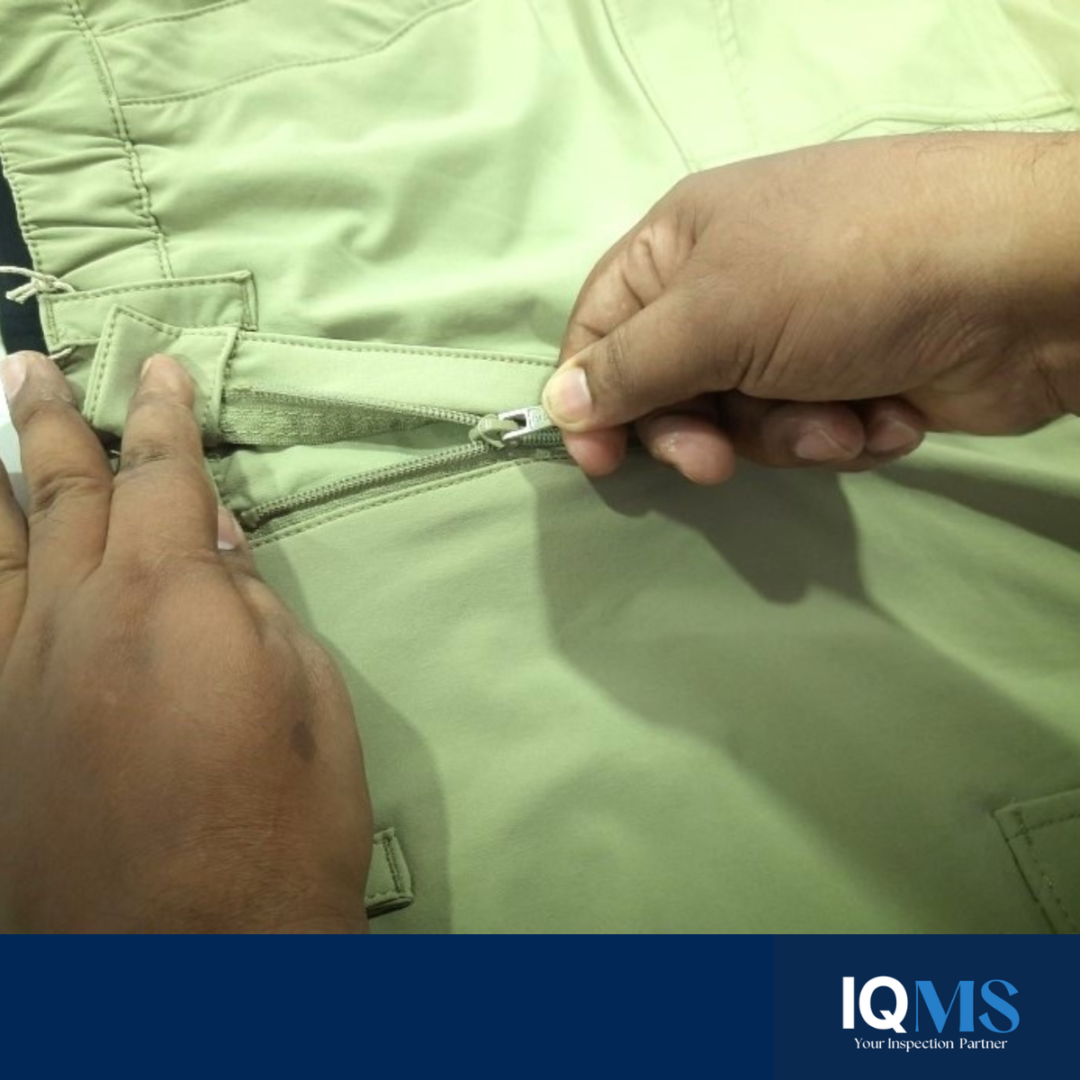Introduction:
Quality control is a critical aspect of the garment manufacturing process that ensures products meet specified standards and satisfy customer expectations. This comprehensive article delves into the importance of quality control in garment manufacturing, outlines various stages of inspection, highlights common defects, explains standard tests, and introduces the role of Integrated Quality Management Systems (IQMS) in achieving excellence.
1. Why Quality Control Is Important in Garment Manufacturing: Quality control ensures that garments are free from defects, fit correctly, and are durable. It prevents costly recalls, enhances brand reputation, and improves customer satisfaction.
2. How to Check Apparel Quality: Checking apparel quality involves a systematic approach encompassing pre-production, in-process, and post-production stages.
Apparel Quality Control: Ensuring Excellence Every Step of the Way
The world of fashion and textiles thrives on innovation and design, but one element that cannot be compromised is quality. Garment manufacturers understand that delivering top-notch products is not just a matter of aesthetics, but also a testament to their commitment to customer satisfaction. This article dives into the various stages of apparel quality control, the types of defects that can arise, and the crucial standard tests that guarantee reliability and durability.
3.1 Pre-Production Quality Control for Apparel: Ensuring the Right Foundation
The journey to creating a flawless garment begins even before the sewing machines start humming. Pre-production quality control is the initial checkpoint where materials are scrutinized for their suitability.
- Fabric Composition: The heart of any garment is its fabric. In this stage, the fabric’s composition is examined to ensure it matches the intended specifications.
- Weight and Thickness: The weight and thickness of the fabric are evaluated to ensure they align with the design requirements.
- Print and Pattern Alignment: For garments with printed patterns, verifying that the print aligns perfectly becomes crucial at this stage.
3.2 In-Process Quality Control for Apparel: Stitch by Stitch Perfection
As the garment takes shape on the sewing floor, in-process quality control steps in to maintain consistency and accuracy.
- Seam Strength: Garment seams undergo strength tests to prevent unexpected tears or fraying.
- Stitching Accuracy: Every stitch matters. Stitching accuracy is assessed to maintain the garment’s structural integrity.
- Fit and Sizing: To avoid customer dissatisfaction, garments are checked for accurate dimensions, ensuring a comfortable fit.
3.3 Post-Production Quality Control (Pre-shipment Inspection) for Apparel: The Final Verdict
Before the garments embark on their journey to the market, a meticulous inspection is conducted to ensure that they meet all standards.
- Visual Inspection: Every inch of the garment is visually inspected to catch any defects in stitching, print, or overall appearance.
- Functionality Testing: Buttons, zippers, and other functional elements are tested to guarantee they work flawlessly.
- Packaging and Labeling: Even packaging is inspected to ensure it’s appropriate and accurately labelled.
4. Types of Garment Defects: Recognizing Imperfections
While striving for perfection, it’s essential to be aware of the possible defects that can arise:
- Fabric Defects: These are issues that occur within the fabric itself, such as stains, holes, or inconsistencies.
- Construction Defects: Problems related to the sewing and stitching process, like loose threads or uneven seams.
- Print Defects: Imperfections in printed patterns or graphics that may affect the garment’s visual appeal.
- Sizing Defects: Inaccuracies in sizing that lead to garments not fitting as intended.
When it comes to apparel quality control, standard tests serve as the bedrock for assessing the reliability and durability of garments. Let’s delve into the key standard tests that ensure your products meet the highest standards.
5. How to Perform Apparel Standard Tests: Evaluating Excellence
5.1 Fabric Performance Tests: Ensuring Endurance and Comfort
Fabrics are the skin of garments, and they need to perform well in various conditions. Fabric performance tests evaluate how well fabrics withstand wear and tear.
- Color Fastness: This test assesses how well a fabric’s color resists fading or bleeding when exposed to washing, light, and other external factors.
- Abrasion Resistance: It measures how well a fabric can withstand rubbing or friction, ensuring its durability over time.
- Pilling Resistance: This test evaluates a fabric’s tendency to form pills, those small fuzz balls that can mar a garment’s appearance.
5.2 Seam Strength Tests: Ensuring Unbreakable Bonds
The strength of seams is crucial for the overall integrity of a garment. Seam strength tests provide insights into the durability of stitching.
- Grab Test: This test measures the force required to break a seam, indicating its strength and resilience.
- Stitch Density Test: Evaluating the density of stitching and the tension of thread, which contribute to seam strength.
5.3-Dimensional Stability Tests: Keeping Sizes in Check
Sizing inconsistencies can lead to customer dissatisfaction. Dimensional stability tests help ensure that garments maintain their intended size after various processes.
- Wash Shrinkage Test: This test determines how much a fabric or garment will shrink after being washed, allowing manufacturers to adjust patterns and sizes accordingly.
6. How IQMS Can Help: Integrated Quality Management Systems (IQMS) streamline quality control processes by providing a centralized platform for tracking inspections, defects, and performance. IQMS improves collaboration, data analysis, and decision-making across the manufacturing lifecycle.
Conclusion: Upholding the Standard of Excellence
Apparel quality control isn’t just a routine process; it’s an assurance of excellence. By implementing comprehensive quality control measures throughout the garment manufacturing process, manufacturers can guarantee that every piece that leaves their facility meets the highest standards of quality, durability, and design. Understanding the significance of each step, recognizing potential defects, and conducting rigorous standard tests are all part of the commitment to providing customers with garments they can trust.



